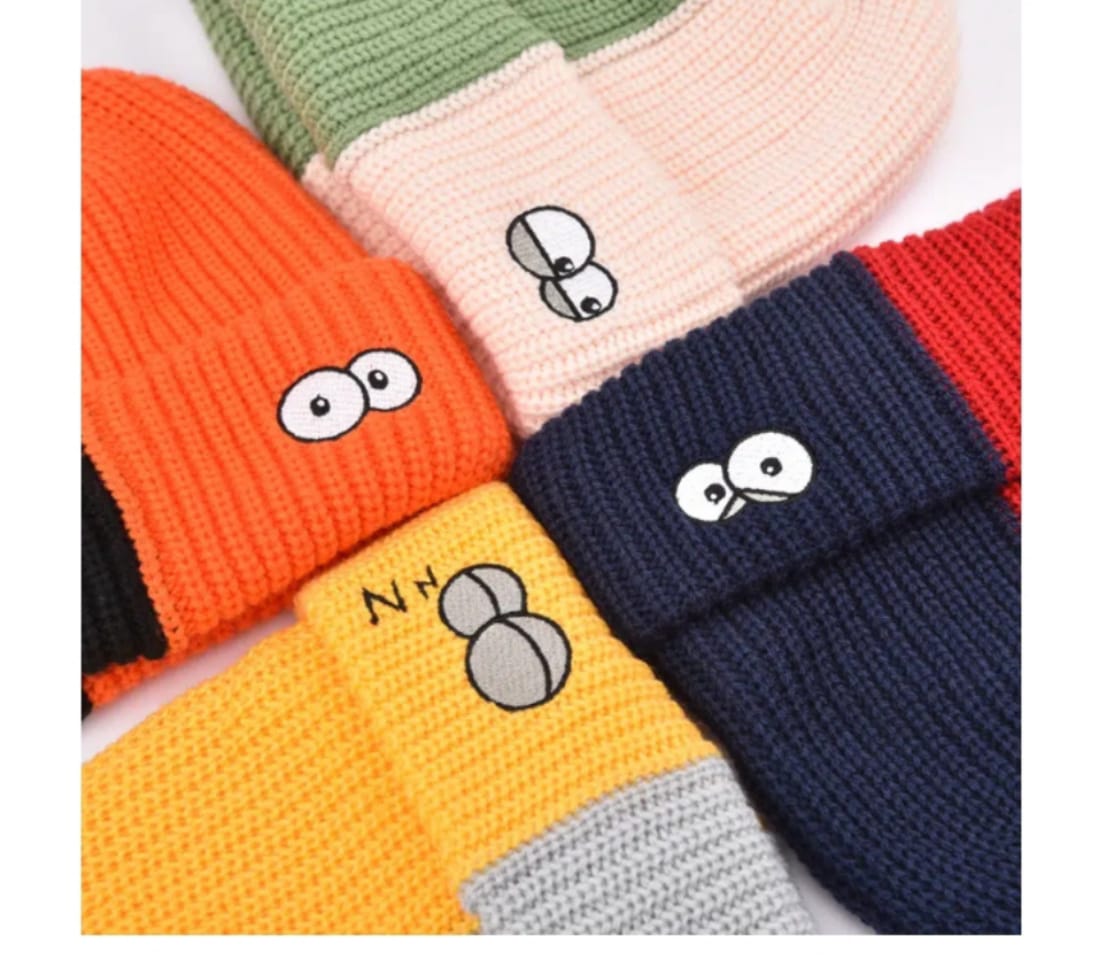
The Cozy Battle: Wool Beanie vs. Knitted Beanie
Introduction
When the chilly winds of winter blow, it’s time to reach for a trusty beanie to keep your head warm and stylish. Among the wide range of beanies available, wool beanies and knitted beanies are two popular choices. Both offer comfort and insulation, but they differ in materials and construction techniques. In this article, we will explore the characteristics and benefits of wool beanies and knitted beanies, helping you make an informed decision when it comes to selecting your winter headgear.
Wool Beanies
Wool beanies are a classic choice for battling the cold. Made from the natural fibers of sheep’s wool, these beanies provide excellent insulation, keeping your head cozy even in freezing temperatures. Wool has inherent moisture-wicking properties, meaning it can absorb and release moisture, keeping your head dry and comfortable. It is also a breathable material, preventing overheating and allowing airflow. Wool beanies come in various styles, from ribbed patterns to cable knits, making them versatile and fashionable.
The benefits of wool extend beyond warmth. Wool fibers have a natural elasticity that allows the beanie to stretch and mold to your head shape, providing a snug and comfortable fit. Additionally, wool is naturally resistant to odors and stains, making it a durable choice that requires less frequent washing. With proper care, a wool beanie can last for many winters, making it a cost-effective investment.
Knitted Beanies
Knitted beanies, on the other hand, are crafted using various knitting techniques. They are usually made from yarns such as acrylic, cotton, or a blend of fibers. Knitted beanies offer a wide range of designs, patterns, and colors, allowing for more creative and personalized choices. The flexibility of knitting techniques also means that knitted beanies can have intricate textures, such as ribbing, cabling, or fair isle patterns, adding a unique touch to your winter ensemble.

While knitted beanies may not match wool beanies in terms of insulation, they still provide sufficient warmth for milder winter days or indoor wear. They are often lighter and less bulky, making them comfortable for all-day use. Knitted beanies are easy to care for, as they can be machine-washed and dried without losing their shape or softness. They are also more affordable compared to wool beanies, making them a popular choice for those on a budget.
Choosing the Right Beanie (word count: 120) When deciding between a wool beanie and a knitted beanie, consider your specific needs and preferences. If you live in an extremely cold climate or need extra warmth, a wool beanie is the ideal choice due to its exceptional insulation and moisture-wicking properties. Wool beanies are also suitable for outdoor activities like hiking or skiing, where temperature regulation is crucial.
If fashion versatility, affordability, and ease of care are your priorities, a knitted beanie may be the better option. Knitted beanies offer a wide range of styles, patterns, and colors to match your personal style. They are also great for everyday wear, whether you’re running errands or spending a cozy evening indoors.
Conclusion
When it comes to choosing between a wool beanie and a knitted beanie, it ultimately boils down to your individual preferences and requirements. Wool beanies excel in insulation and durability, while knitted beanies offer versatility and affordability. Both options have their merits, ensuring your head stays warm and stylish during the cold winter months. So, embrace the cozy battle and find the perfect beanie to suit your needs.







